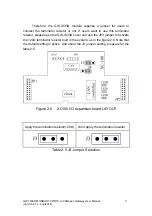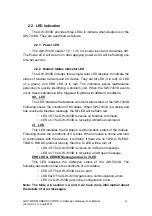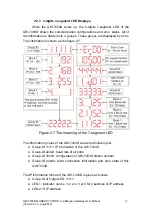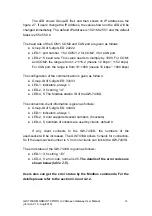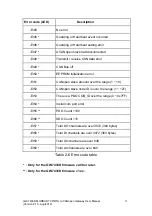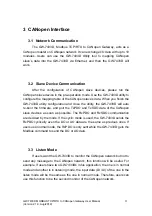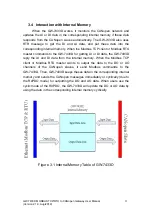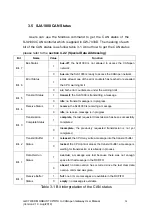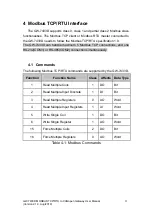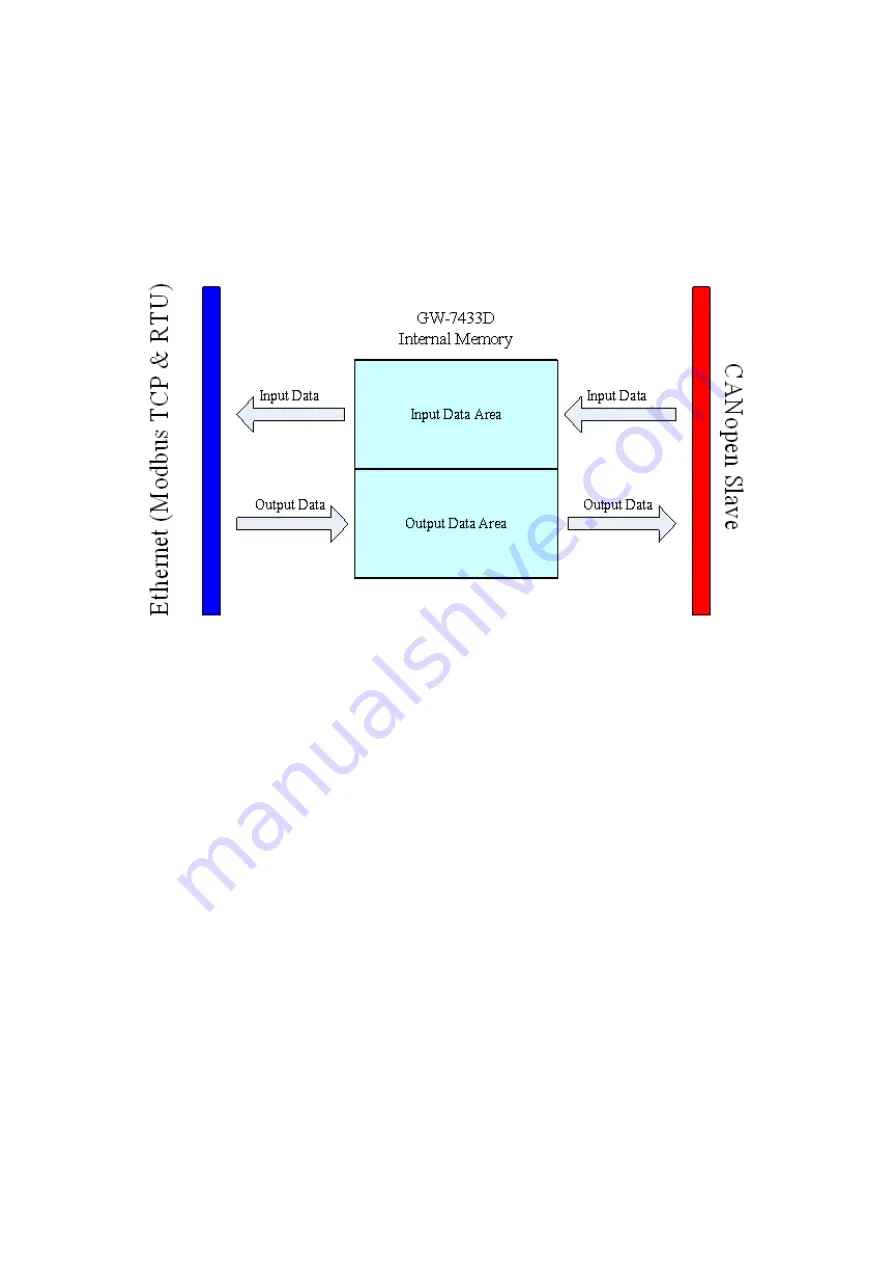
1.8 Modbus TCP/RTU to CANopen gateway
The GW-7433D provides centralized data storage, “Internal Memory”.
This storage is shared by the CANopen and Modbus TCP/RTU network. Data
come from one communication interface will be placed into the “Internal
Memory”, then another communication interface can get the data from the
memory area. The concept of the internal memory is shown below.
Figure 1.4: Internal Memory Table of GW-7433D
The GW-7433D acts as a Modbus TCP server or Modbus RTU slave to
CANopen master gateway. Using the module, users don’t need to take care of
the detail of the CANopen protocol. The module will implement the CANopen
protocol automatically. Therefore, it can efficiently reduce the complexity of
building a CANopen network. When users would like to use SCADA software
to control and monitor the CANopen network, the GW-7433D provides a
solution for this requirement. The GW-7433D provides two kinds of protocols.
One is the PDO protocol and another is SDO protocol. Basically, the PDO
protocol is used for real I/O data. It is more efficient than the SDO because the
PDO protocol don’t have any protocol header. The SDO protocol is always
used for configuration. In some devices, the device manufacturers provide the
SDO method to get the device status. Therefore, before using the GW-7433D,
users need to read the user manual of the CANopen slave device, and confirm
the transmission protocols of the slave data which interest users. The
communication concept between the GW-7433D and CANopen slaves are
shown in the figure 1.6.
GW-7433D MODBUS TCP/RTU to CANopen Gateway User Manual
10
(Version 2.1.0, Aug/2019)

















